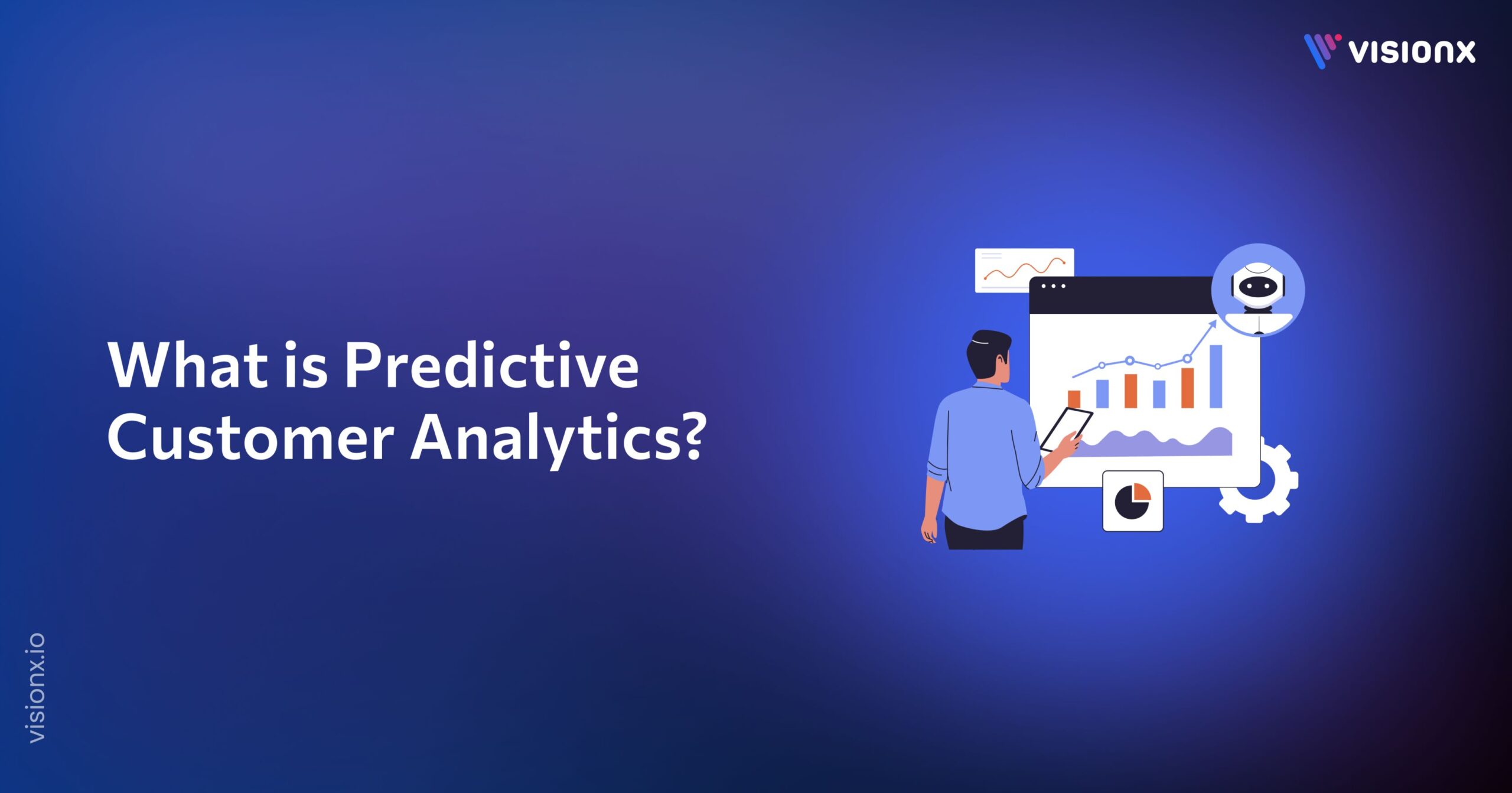With over two billion active devices worldwide, Android is the undisputed king of mobile operating systems. But building successful Android apps requires more than just Java skills. The right frameworks play a critical role in Android development.
This comparative guide will look into the top Android frameworks for crafting beautiful user interfaces, running unit tests, integrating backend services, and more. The frameworks you choose can make or break your project, whether you’re developing your first app or optimizing your delivery pipeline.
Remember, choosing the right frameworks accelerate development, improve code quality, and enhance user experiences.
What are Android Frameworks?
Android frameworks, comprised of pre-written code, libraries, and tools, create a structured environment for app developers. Their primary purpose is to streamline development by providing solutions to common challenges and tasks, saving developers time and effort. This, in turn, allows developers to concentrate on enhancing their apps’ unique features and functionalities.
Role of Android Frameworks in App Development
Android frameworks play a pivotal role in mobile app development, offering significant benefits:
Speeding up Development:
They provide ready-made components, reducing the need to start from scratch and accelerating development.
Ensuring Consistency:
Android frameworks enforce standardized practices and design principles, resulting in a consistent user experience.
Improving Code Quality:
With best practices and design patterns, frameworks lead to cleaner and more efficient code, enhancing performance and maintainability.
Enhancing User Experience:
These frameworks provide tools for creating user-friendly interfaces delivering a smooth and interactive experience.
Overcoming Challenges:
They simplify complex tasks like data handling, UI management, and performance optimization, making development more manageable.
Types of Android Frameworks
Android frameworks come in different categories, each serving a specific purpose:
UI (User Interface) Frameworks:
These focus on creating visually appealing and user-friendly app interfaces. They offer design elements like widgets, themes, and templates to ensure a consistent look and feel. Notable examples include Android Jetpack and Material Design.
Testing Frameworks:
Testing is essential in app development, and frameworks like Espresso and JUnit provide tools for automated testing, ensuring the app works correctly.
App Development Frameworks:
Comprehensive frameworks like Android Studio are all-in-one solutions for various app development aspects. Android Studio offers coding, debugging, and deployment tools, making it a holistic choice for developers.
Android Framework Integration
Integrating Android frameworks into your app development is crucial for improving functionality and the user experience. Here’s a simplified guide:
- Identify the frameworks that best suit your project’s needs, whether for UI, testing, or other aspects.
- Ensure you have Android Studio, the primary tool for Android app development.
- Include the required framework dependencies in your project by editing the app-level build.gradle file.
- Download the framework libraries using Android Studio’s “Sync Now” feature.
- Follow the framework’s documentation to configure and set it up per your project’s requirements.
- Integrate the framework into your app’s code using the provided components and methods.
- Thoroughly test the framework to ensure it works correctly without introducing issues.
- Optimize the integration for better performance, leveraging any available features for efficiency.
- If it’s a UI framework, customize and implement UI elements to match your app’s design.
- Use the framework’s documentation and resources to understand its capabilities better.
- Regularly check for updates, bug fixes, and new features for the integrated framework.
- Join online forums and developer communities for insights and support.
Following these steps and best practices, you can successfully integrate Android frameworks to enhance your app development.
Android UI Frameworks
UI (User Interface) frameworks are essential for developers designing attractive and user-friendly Android app interfaces. These frameworks ensure that apps are both functional and visually appealing.
Popular UI Frameworks
UI frameworks are like ready-made toolkits for app design. They help developers create good-looking and functional app interfaces without starting from scratch. These frameworks provide a structure for designing the app’s appearance and how users interact. Android Jetpack and Material Design are two well-recognized Android UI frameworks.
Android Jetpack
Android Jetpack is a suite of libraries, tools, and guidance to help developers write high-quality Android apps more easily. It was announced by Google in 2018 at the Google I/O developer conference. Notable components include:
- The navigation component simplifies app navigation by providing a visual editor for creating navigation graphs, making it easy to define app destinations and user journeys. Features like deep linking and a single-activity architecture enhance user navigation.
- LiveData is a data observation library that make sure UI elements are always up to date with the latest data, facilitating real-time updates.
- ViewModel manages UI-related data, separating it from the UI controller. It helps preserve data during configuration changes and share data between fragments and activities.
- Room is a persistence library that simplifies working with databases, reducing the complexity of data manipulation and query execution.
Material Design
Material Design, a Google-developed design language, provides principles and guidelines for a visually appealing user experience. It emphasizes grid-based layouts, responsive animations, and consistent use of color, typography, and icons. Adhering to Material Design guidelines ensures a user-friendly and aesthetically pleasing app design.
How to pick the suitable Android UI Framework?
Selecting the appropriate UI framework depends on various factors, including project scope, development team expertise, design goals, and user expectations. Android Jetpack is suitable for projects of varying sizes and emphasizes comprehensive solutions, while Material Design primarily focuses on design principles.
Best Practices for Integrating UI Frameworks
To use UI frameworks effectively, consider these best practices:
- Whether you choose Android Jetpack or Material Design, stick to the guidelines for the intended design and user experience.
- Customize predefined UI components to match your app’s identity, making it unique yet consistent.
- Gather user feedback through testing to ensure a user-friendly design.
- Prioritize performance, especially for content-heavy or animated apps, to maintain a smooth user experience.
- Keep your UI framework tools and libraries up to date for the latest enhancements and compatibility.
Android Test Frameworks
These frameworks facilitate testing by providing tools and resources to assess different aspects of an app’s functionality. When it comes to Android app development, choosing the proper testing framework is essential for delivering a seamless user experience.
Popular Test Frameworks
Two well-known testing frameworks in the Android ecosystem are Espresso and Robolectric.
Espresso
It is a widely used Android UI testing framework for Android applications, part of the Android Testing Support Library. It focuses on creating concise and reliable tests and simulating user interactions to ensure the app’s user interface works as intended.
Espresso’s API is user-friendly and intuitive, making easy test code writing, reading, and maintenance. It offers built-in features and matches for interacting with UI elements, such as clicking buttons, entering text, and validating app behavior.
Components
Espresso consists of two main components:
- ViewMatchers locate and interact with UI elements like buttons, text fields, or images.
- ViewActions represent user interactions like clicking, scrolling, or typing text.
Robolectric
Robolectric is an Android test framework that focuses on unit testing, allowing developers to test individual components, classes, or methods of an app in isolation without a physical device or emulator.
Its key advantage is its ability to run unit tests on a developer’s local machine, making the testing process faster and more convenient. Robolectric provides a robust runtime environment for Android unit tests, allowing developers to simulate the Android OS’s behavior and interactions, identifying and addressing issues early in development.
Comparative Analysis
Espresso and Robolectric are two testing tools with different strengths and ideal use cases.
- Espresso focuses on UI testing, showcasing easy-to-write tests, robust UI validation, and user flow testing. It is ideal for testing UI elements, validating user flows, and ensuring app interface behavior.
- Robolectric, on the other hand, focuses on unit testing, offering fast execution, local testing without emulators, and in-depth app behavior validation. It is limited to UI testing and interaction simulations.
Testing frameworks are essential for maintaining the quality and reliability of your Android app. The choice between Espresso and Robolectric depends on your testing goals, project phase, team expertise, and desired test coverage. Selecting the right Android test frameworks early in development ensures a higher-quality app.
Android App Development Frameworks
Android app development frameworks are vital tools for building apps on Android. They offer a foundation for efficient app creation, covering user interface, backend, and testing areas.
Popular App Development Frameworks
App development frameworks are essential for creating Android applications, streamlining the development process, and offering resources to make development more efficient. Notable frameworks include:
- Android Studio: It is the primary tool for developing Android apps, offering features like code editing, debugging, testing, and performance analysis tools. Android Studio supports both Kotlin and Java programming languages.
- Kotlin: Although not an IDE, Kotlin is a significant programming language for Android app development. It’s known for its compatibility with Java, offering concise and developer-friendly coding capabilities, making it a popular choice.
Tips for Effective Usage of App Development Tools
To maximize the benefits of your chosen app development frameworks, consider these practical tips:
- Regularly update your tools, libraries, and SDKs to access the latest features, bug fixes, and security improvements.
- Leverage the wealth of learning resources available for Android Studio and Kotlin. Online tutorials, documentation, and courses can enhance proficiency with these tools.
- Implement version control systems like Git to monitor code changes, collaborate with fellow developers, and maintain code integrity.
- Incorporate testing into your development process. Android Studio offers tools for unit testing, UI testing, and profiling. Effective testing helps identify and address issues at an early stage.
- Regularly review and optimize your code. Utilize tools within Android Studio to identify performance bottlenecks and enhance app responsiveness.
- Concentrate on delivering a smooth and user-friendly experience. Invest in UI/UX design and utilize available tools to visualize your app’s appearance.
App development frameworks, including Android Studio and Kotlin, are vital for effective Android app development. They provide an integrated environment and a user-friendly programming language. Select the right tools, stay updated, and follow best practices to streamline development and deliver high-quality Android apps.
Factors To Consider: Choosing the Right Android Framework
When choosing Android frameworks for your app, keep these factors in mind:
- Match the framework to your project’s size and complexity.
- Select a framework that is compatible with your team’s expertise and experience.
- Pick frameworks based on your design objectives, whether aesthetics or a holistic approach.
- Consider what your target audience is familiar with.
- Ensure the framework works well with other tools you plan to use.
- Look for the ability to customize elements to make your app unique.
- Access to comprehensive materials is crucial for mastering the framework.
- Strong community support provides insights and troubleshooting.
- Regular updates keep your framework current and secure.
- Opt for well-optimized frameworks, especially for content-heavy or animated apps.
- Evaluate framework costs to align with your project budget.
Consider these factors to choose the proper Android framework for a successful app development journey.
Conclusion
Understanding Android frameworks for UI, testing, and app development tools offers insights into their strengths, weaknesses, and use cases. It helps developers make informed decisions about choosing the right framework for their projects, considering factors like project requirements, team expertise, and user experience. This enables developers to adapt and achieve more efficient and successful app development processes.
Your journey to success with Android frameworks begins with UI, Testing, and App Development Tools. With Company VisionX by your side, you can confidently traverse the complexities of Android app development, making informed choices and achieving precision in your projects.


